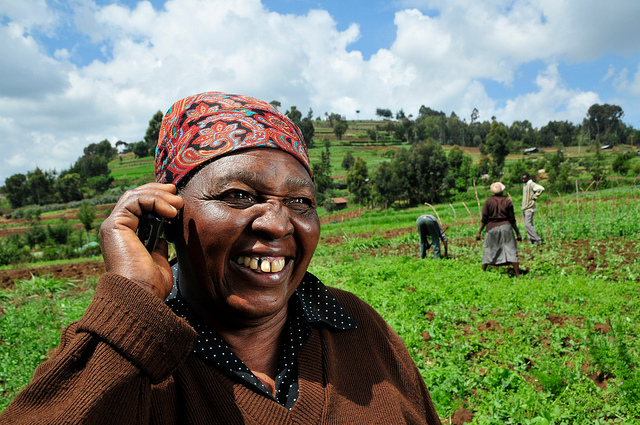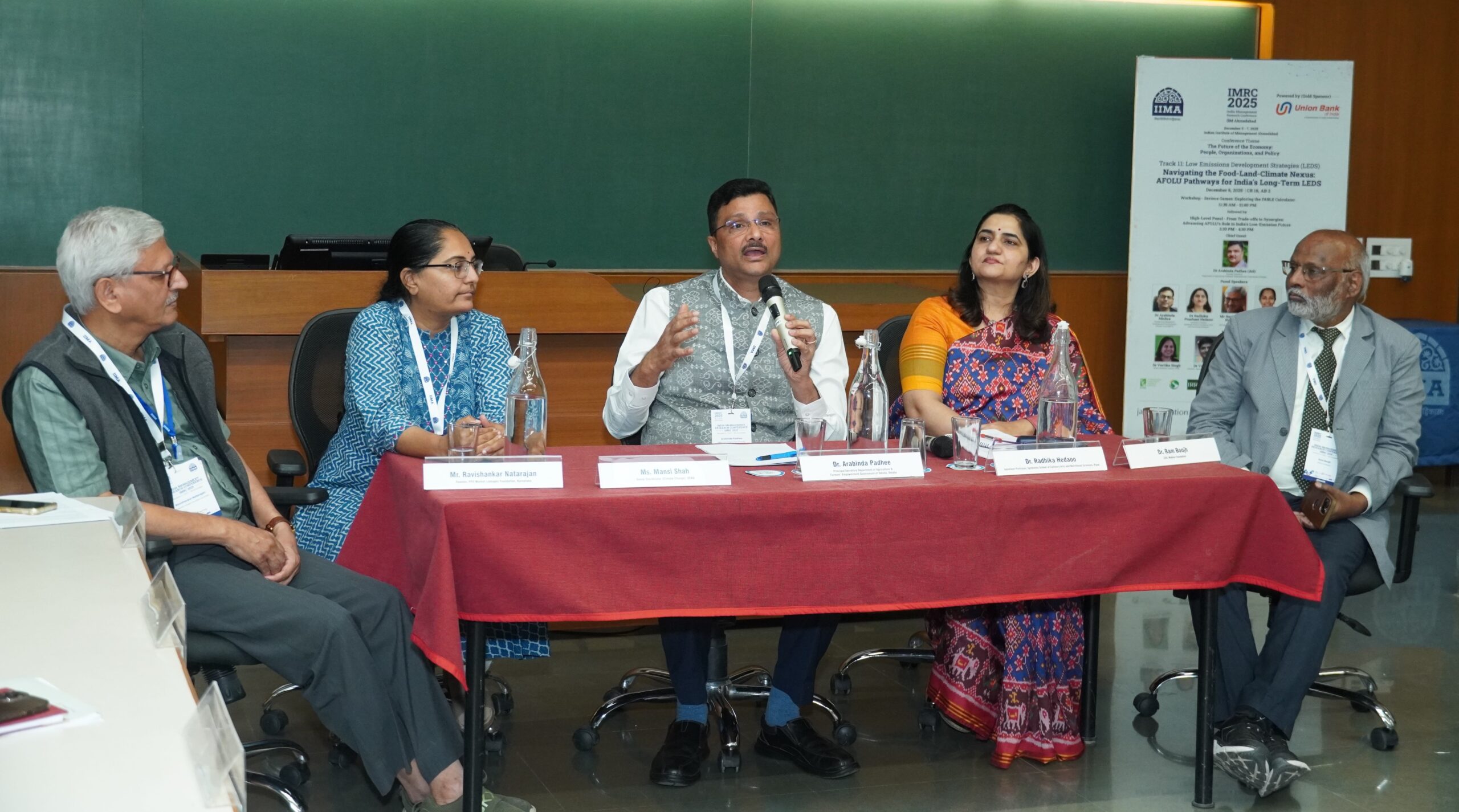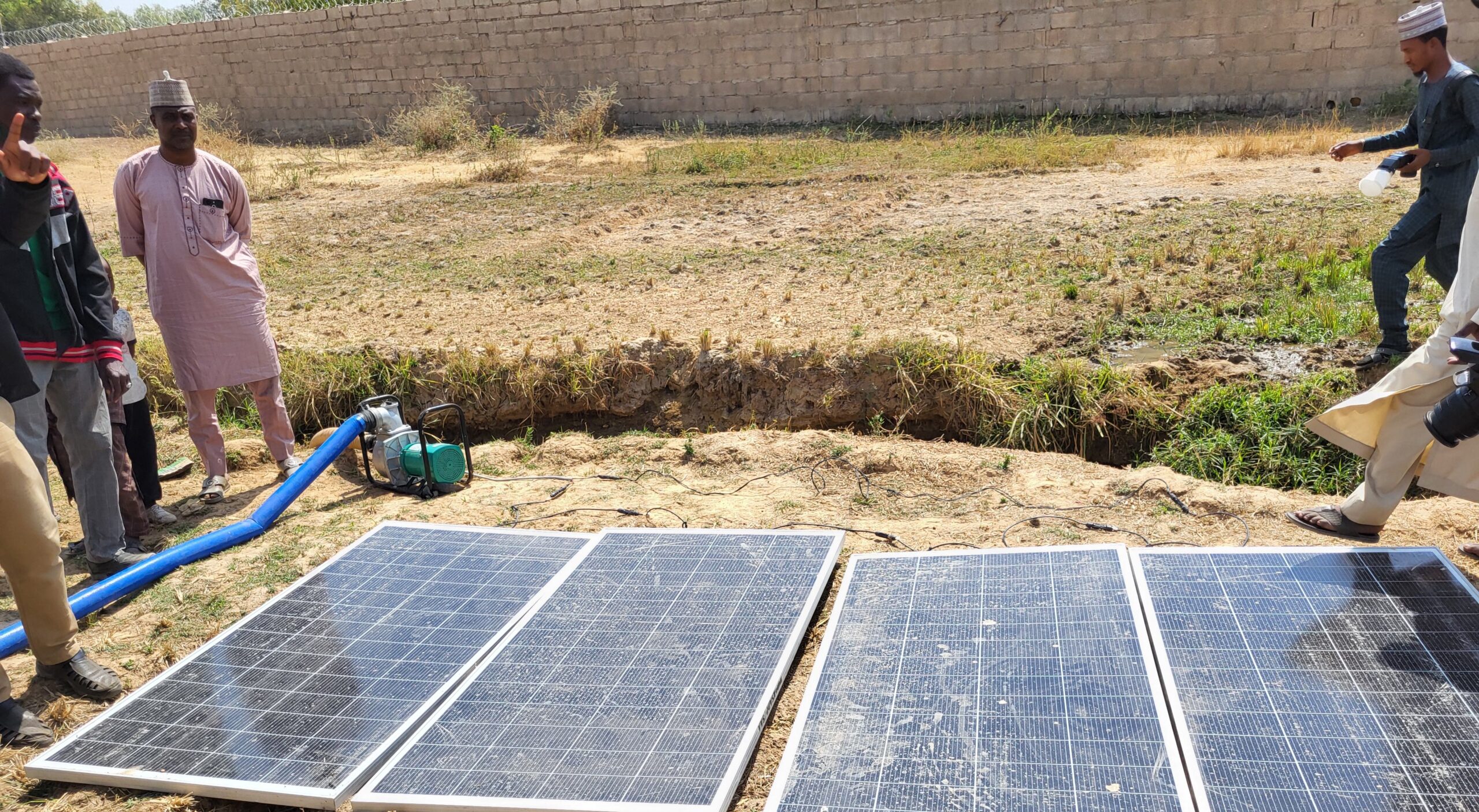This blog story by Jeffrey Dickinson was originally posted on the HarvestChoice blog.Jawoo Koo and Cindy Cox from IFPRI’s Environment and Production Technology Division also contributed to this story.
Traditional household surveys often take weeks or months to complete. Enumerators, workers whose job it is to go from village to village, meet with household members typically over one day or two and ask farmers to report on various questions such as what crops the farmers plant, what type of farm implements they use, and how much fertilizer they applied throughout the season. Since enumerators cannot be side-by-side with farmers every day, they are nearly always asking farmers to recall these facts from memory. This practice leaves room for doubt about the accuracy of the information respondents provide, a problem to which there is no easy solution.
In the 21st century, many people have cell phones. This is true even in Tanzania, the focus of a recent IFPRI survey, where 35% of farm households report having mobile phones in 2007. Using technology, we can reach these farmers in a faster and less expensive way by sending surveys directly to their mobile phones. This strategy cuts out the time and cost required for an enumerator to travel from village to village interviewing households. It can also provide other benefits such as overcoming the problem of recall by using timely or repeated surveys.
GeoPoll, a company based in Washington DC, provides survey services via SMS text messaging with a particular focus on less developed countries in sub-Saharan Africa. We designed just such a survey to uncover the relationship between adoption of technology and a farmer’s distance to input dealers.
GeoPoll’s list of parameters perhaps limits the scale of their surveys: a survey is typically limited to 14 questions and the number of characters per question is limited to 160. These can be tough restrictions for people who are used to writing for large surveys; household surveys are often hundreds of questions long and require many hours of interviewing. Normally during a household survey, an interviewer fluent in multiple languages sits with the participant and helps interpret the survey questions. Given that we do not have this advantage with text messages, we had to be very deliberate in how we crafted the questions.
Once developed, GeoPoll sent out our survey to randomly chosen farmers in Tanzania via SMS text messaging. But first, potential respondents were asked a filtering question: participants must be farming maize in order to be eligible for the survey. In that way, we ensure that respondents are only maize farmers, which are the type of farmers we are interested in understanding for this study.
Using simple descriptive statistics we can compare our SMS-based sample (1000 farmers) of Tanzanian maize farmers to the Tanzanian Agricultural Census sample (52,000 households) of maize farmers. The sample statistics are unlikely to line up exactly between the two surveys since those people who own cell phones are likely to be a particular sub-group of the larger population, whereas the agricultural census interviewed people from households both with and without mobile phones. The results we get from this exercise are not entirely surprising: respondents to the SMS survey tend to be better educated, younger, and wealthier on average. We can tell this because the percent of the population with at least a primary education is higher in the SMS sample, and the average farm size, taken as a rough proxy for wealth, is larger, on average, in the SMS sample as well.
Although we are sampling from a sub-population, this fact alone does not erase the potential value of these surveys. If we are looking to target policy for uneducated 30-45 year old females, this technique is not the right method to use. Weighing the flaws with the benefits SMS-based data gathering still presents a much cheaper and faster alternative to traditional household methods. As cell phone use continues to increase, as it has since 2007, this discrepancy will diminish even further and the value of these surveys as a way of capturing information about the entire population will rise.







